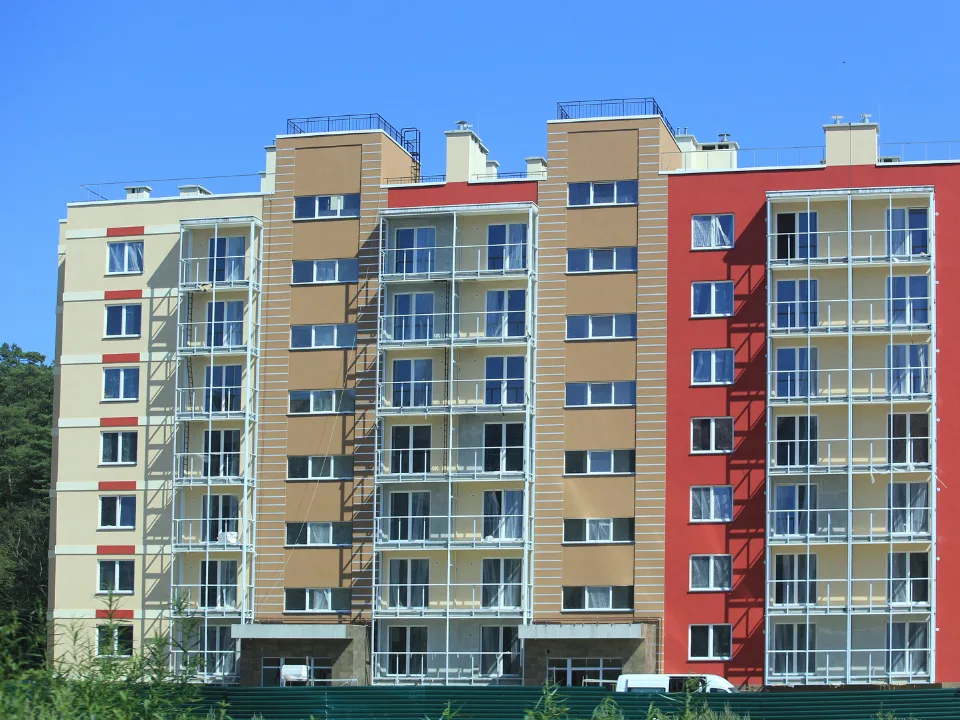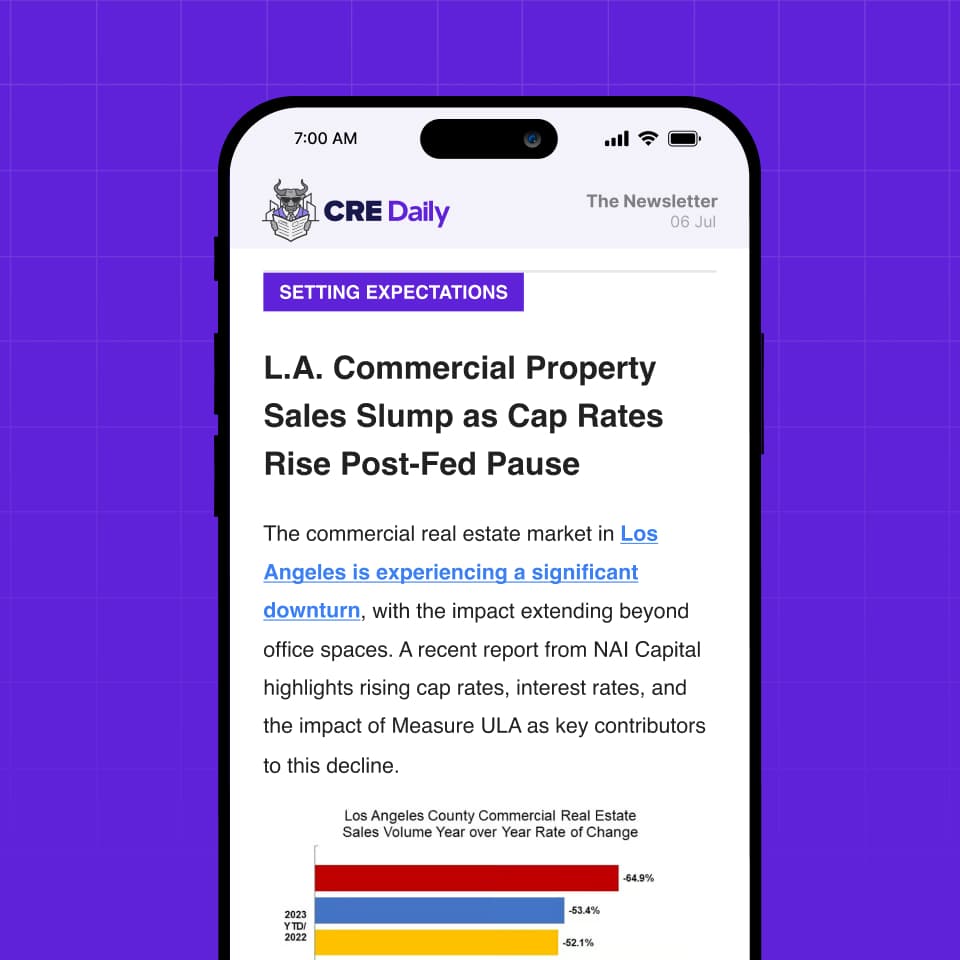- Office properties face a $131B refinancing gap between 2025 and 2028, nearly 25% of all office loans issued between 2017 and 2023.
- Lender forbearance and extend-and-pretend strategies have delayed distress, but CBRE expects more distressed office assets to hit the market soon.
- Class B and C offices face greater refinancing challenges, as investors hesitate to deploy capital into struggling assets.
- Some CRE loan portfolios have avoided steep discounts (5–10%), which could provide slight pricing protection for certain office properties.
The US office sector is staring down a $131B refinancing gap through 2028, representing nearly 25% of all office debt originated between 2017 and 2023, according to CBRE.
The shortfall, driven by lender forbearance and the extend-and-pretend strategy, raises concerns about rapidly rising office distress—especially for Class B and C properties, per GlobeSt.
A Growing Crisis
CRE’s extend-and-pretend approach may have delayed distress in the office sector, but CBRE’s latest analysis suggests this practice has masked a massive refinancing gap.
In fact, by 2028, CBRE expects that $131B in office loans will need refinancing—a funding shortfall that could greatly accelerate distressed sales.
Get Smarter about what matters in CRE
Stay ahead of trends in commercial real estate with CRE Daily – the free newsletter delivering everything you need to start your day in just 5-minutes
Notably, CBRE’s estimate of office distress relied upon:
- Mortgage Bankers Association data to determine annual office loan volumes
- Loan-to-value (LTV) ratios from CBRE’s closed transactions
- Projected property values based on CBRE’s value index
- A 25-year amortization model at 3.5% interest to estimate outstanding debt levels
At Higher Risk
Class B and C properties face the greatest refinancing challenges, as lenders and investors hesitate to deploy capital into assets with uncertain long-term value.
While some CRE loan portfolios have avoided steeper discounts of 5% to 10%, office assets—especially lower-tier properties—may not benefit from the same investor demand.
What’s Next?
As the 2025–2028 refinancing cycle unfolds, office property owners will need creative solutions to secure capital and navigate this mounting debt crisis. CBRE predicts a rise in office distress sales as lenders grow reluctant to extend delinquent loans.
For investors, this presents a window of opportunity to target distressed office assets—especially those under greater refinancing pressure.

















